WE (L) COME BACK TO LECCE
Baroque and roll. Like most of Puglia, Lecce was conquered and reconquered, before its final invasion in the 17th century. The invasion of the Baroque. The creamy white of the limestone buildings that dazzle when the sun shines and the azzurro of the Salento sky that frame them will take your breath away.

Baroque and roll
The colour of Lecce is astonishing. From the cream of its baroque architecture - almost every building is constructed out of “pietra leccese” a soft, local limestone - set against the azzurro blue sky, to the faded colours accessorising the palazzi of the centro storico.

Food and drink
Lecce may be known as the city of 100 churches. But that impressive statistic is dwarfed when it comes to places to eat, with the added bonus that the best pizza in Puglia can be found in Lecce - and that’s official.

Nearby beaches
Lecce lies landlocked between the Adriatic and the Ionian in the heart of Salento, but getting to the beach is easy. It’s 15km from San Cataldo and around a 30-minute drive to Gallipoli. Driving south takes you to some of the most impressive coast and seascapes our region has to offer.
The Big Guide to Lecce
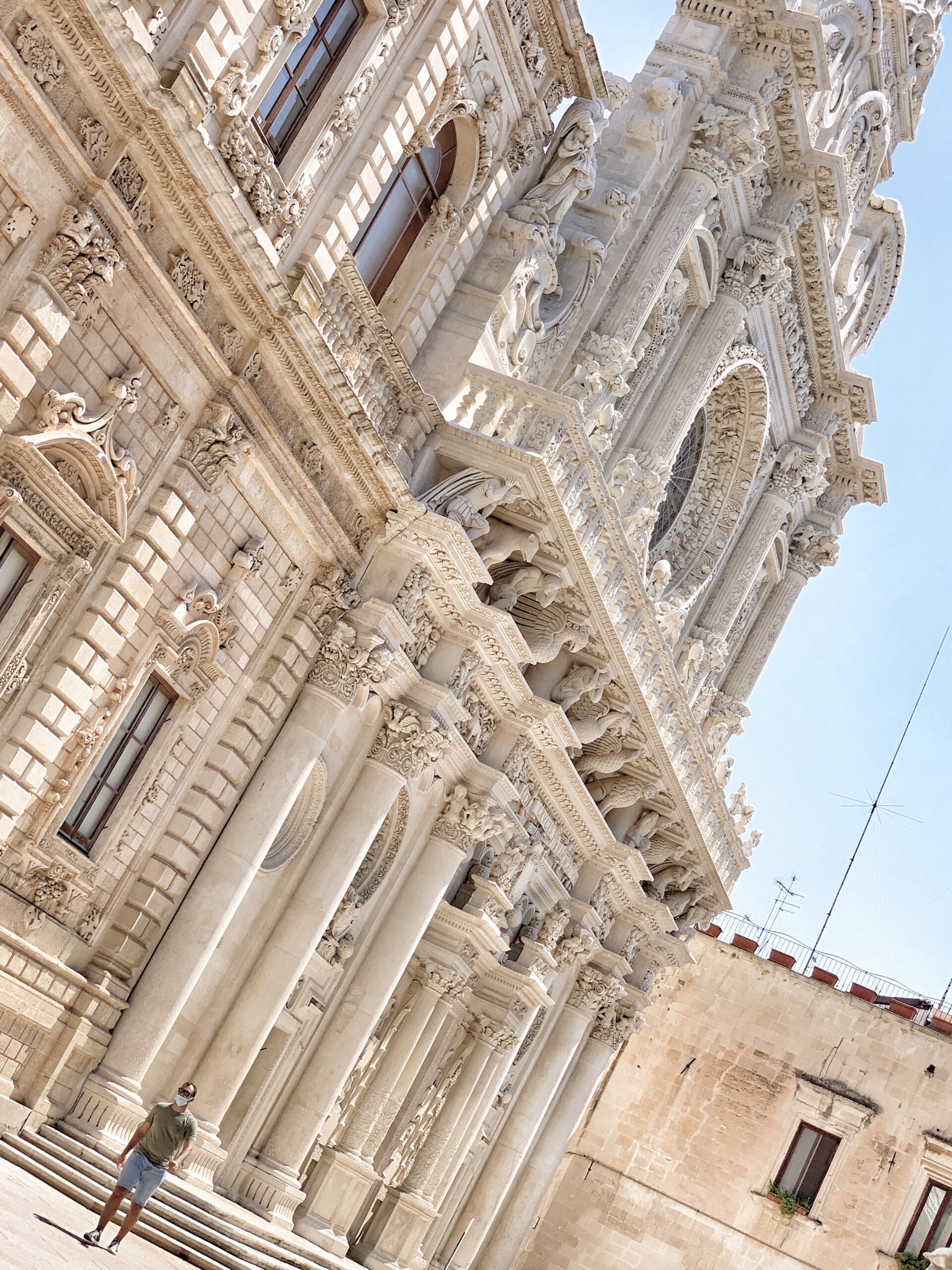


A Baroque Masterpiece
Salento’s main city is bursting with piazzas and palazzi built using creamy limestone in barocco leccese style.
The Basilica di Santa Croce (Via Umberto I, 1) has one of the finest and most intricate Baroque facades in Italy, taking over 200 years to complete, its detail exquisite.
Remnants of Lecce’s Roman history are still on display. A theatre and an amphitheatre are testament to its importance as a flourishing Roman city. But the city existed long before that as a Messapian centre.
The old town, a Baroque maze within walls built by order of Emperor Charles V in the 16th century to protect the city from invading Turks, is packed full of good restaurants, busy bars and some of our favourite boutiques (there is no concept of "high street" here). Lecce is open for business all year round.
Lecce is a good base from which to explore Salento. It takes just over an hour to drive to Santa Maria di Leuca at the very tip of the heel of Italy’s boot.



A brief history
With roots that can be traced back to the Messapians, the town was conquered by the Romans in the 3rd century BC. Five centuries later under the Emperor Hadrian the town was fortified. Hadrian also oversaw the construction of a long, straight Roman road linking the town to the Hadrian Port on the coast (at modern day San Cataldo, some 10km to the east).
The town's stature was assured with the construction of a 25,000-seater amphitheatre and a theatre.
With the fall of Rome, Lecce eventually came under the control of Byzantium in 549 and it remained thus until the arrival of the Normans in the 11th century. It prospered greatly as part of the Kingdom of Sicily and from 1053 to 1463 it was one of the most important towns in southern Italy.
The early 17th century saw a new invasion, but this time of a cultural variety: the Baroque! Over the course of a hundred or so years, the town changed face almost completely. Existing churches and buildings were given makeovers and many new ones were built by ambitious young architects whose fantasy new no bounds. Baroque Lecce was born in the early 17th century over the next two hundred years transformed into what can still be seen by visitors ambling around the centro storico.


What to see
Entering the old town from the Porta Rudiae will lead you along via Giuseppe Libertini. Where this leads onto Corso Vittorio Emanuele II is the narrow entrance to the Piazza del Duomo. Here you come face to face with 17th and early 18th century Baroque. The five-storey (72 meter) campanile, the double façade cathedral, bishop’s palace and seminary.
The Duomo bell tower campanile (the tallest structure in Lecce) served a dual purpose. Used as a watch tower, its bell a sentinel to raise the alarm on sighting suspicious vessels on either sea. Even as late as 1803 slave-raiders abducted 164 people from the province.
Public access to Lecce’s Duomo bell tower is once again available. Since 2023 the UP! lift whisks visitors to a height of 43-metres up the bell tower to reveal a breathtaking panorama.
Tickets
- Full price 12,00€
- Reduced price (6-17 years; Residents in the diocese of Lecce) 9,00€
- Family 2 adults+children 29,00€
Opening hours
Everyday from 10 am to 9 pm (October/March until 6pm), entrance every 20 min.
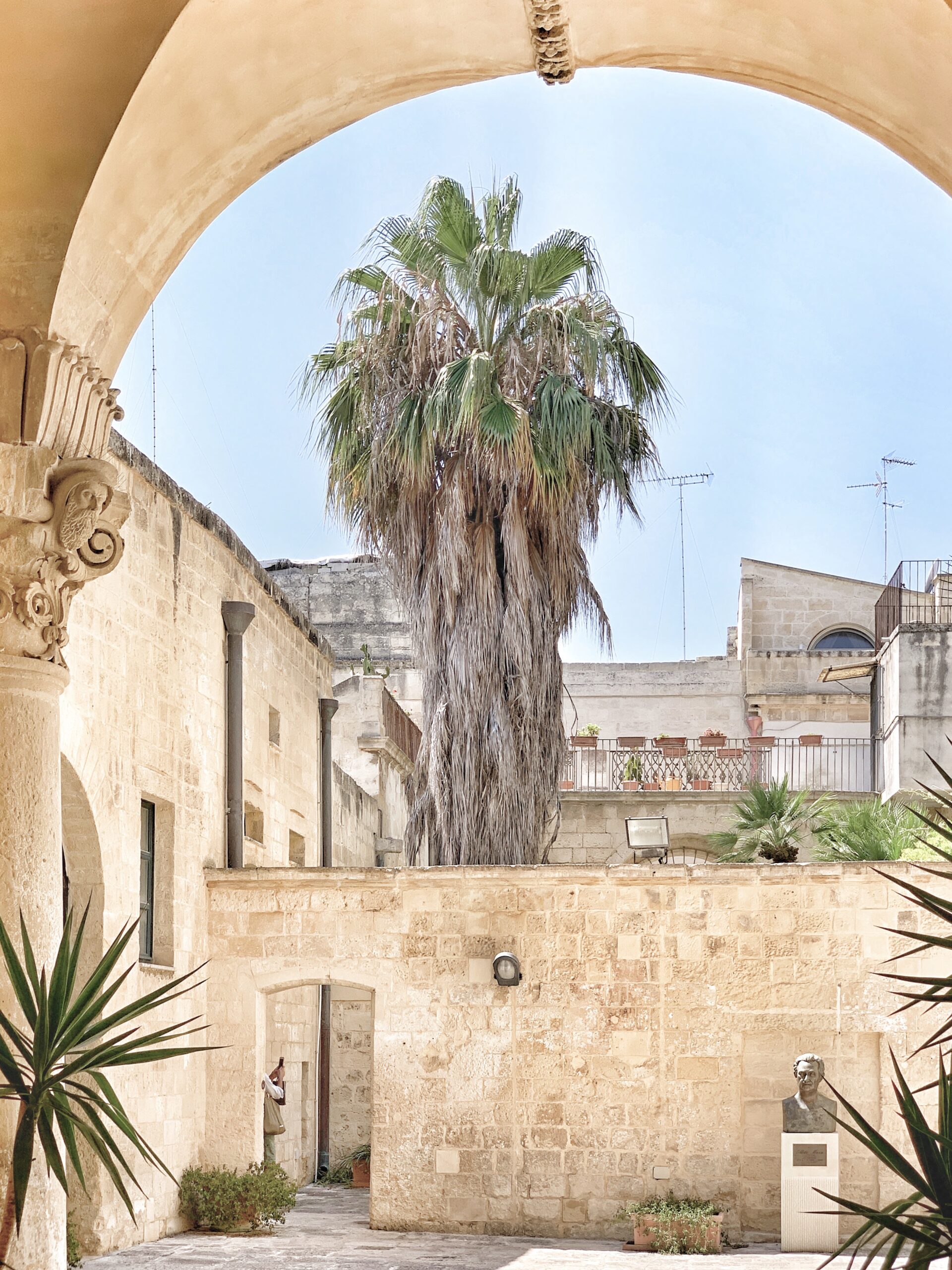
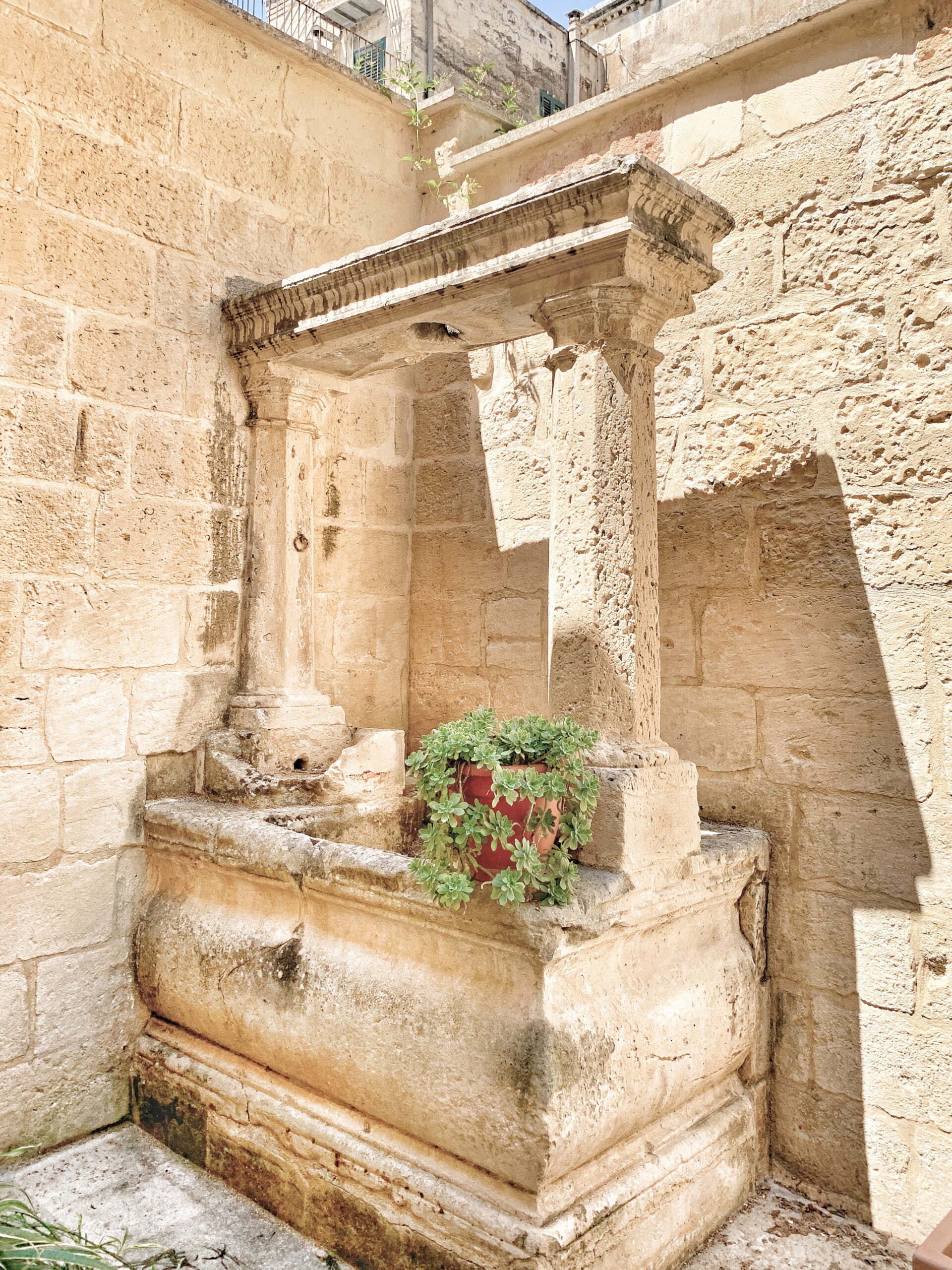

Continue along Via Vittorio Emanuele II for the Sant’Oronzo Column, a Roman column that was topped with a bronze statue of the city’s patron saint (the same patron saint as Ostuni, although Saint Orontius of Lecce, the first bishop of Lecce, was born in Rudiae, Lecce), and the sunken Roman amphitheater. The statue has been removed and currently can be seen in the municipality building on via Francesco Rubichi.
An exciting project is currently underway to restore and give access to the amphitheater.
Heading down Via Templare off the piazza will take you to the astonishing Basilica of Santa Croce. Take your time to contemplate its facade, only recently revealed after years of restoration works. The detail - made possible by the soft Lecce limestone - is astonishing. Flowers, fruits, cherubs, mythical figures, animals and sculpted figures almost seem to form an external altar.
Staying on the piazza, following the curve of the amphitheater will take you to along Via Giuseppe Verdi turning onto Piazza Vittorio Emanuele II. Here you will find a selection of chic bars and restaurants, offering shade and respite from the sun. On the western side of the piazza you will be confronted by the chiesa di Santa Chiara. Behind its cloisters lies the Roman theatre. A semicircle of stone risers, the trailing weed growing out of the stone enhancing the air of forgotten history and neglect. There is an archaeological museum dedicated to the teatro.
Amble through the narrow streets of the old town, crossing from the historic gates that allow you to enter or leave. A maze of medieval alleys and stage-set piazzas make for joyful exploring. Secret glimpses of cooler courtyards, lush palm trees and shaded spiral stairways add to the sense of drama.
Whether you take an afternoon, with time for an aperitivo and dinner, or spread over a leisurely couple of days, Lecce is spoiled by the excellence of its coffee. Be sure to stop off for a typical Salento breakfast of pasticciotto - a lemon custard pastry - and a caffè leccese: shot of espresso served over ice with almond syrup misleadingly described as “milk”. For those who savour the salty, try a rustico. A light, flaky pastry pie, best enjoyed for breakfast, warm with a melting mozzarella béchamel and tomato filling.




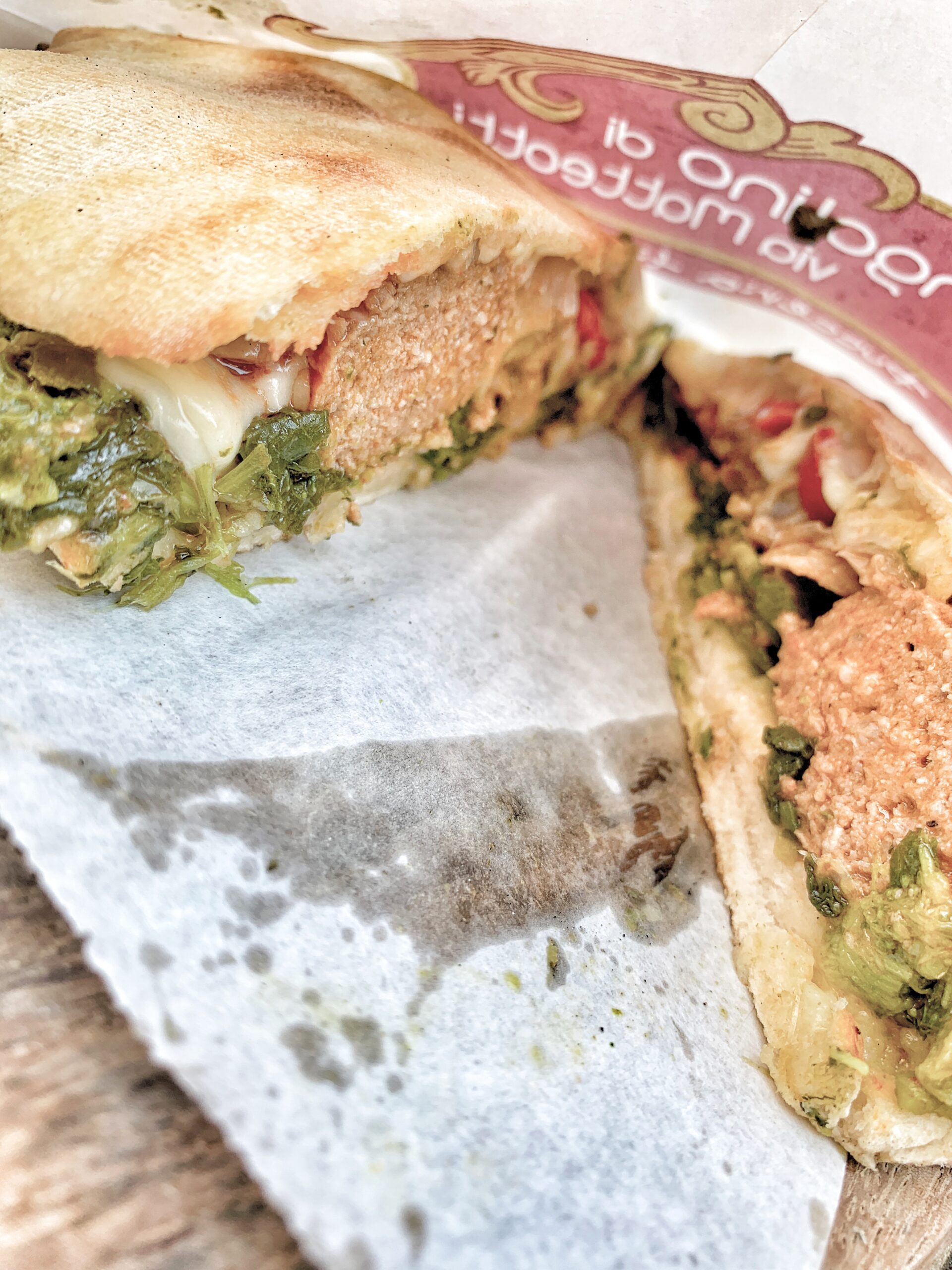
Where to eat
The food in Lecce typifies la cucina povera. Traditionally “peasant food”, it now symbolises simple but inventive dishes using seasonal, locally produced and fresh - always fresh - ingredients.
The Leccese relish their tasty street food, especially over un aperitivo. They especially adore long drawn out feasts outside in the shade on hot summer weekends, when lunch often slips seamlessly into dinner.
How else would Saint Oronzo, the patron saint who saved the city from the plague, be honoured if not by a dish in his name; melanzanata di Sant’ Oronzo - an aubergine (eggplant) bake with veal meatballs, hard-boiled eggs and ham alternately layered between fried aubergine, tomato sauce and mozzarella and baked au gratin.
00 Doppiozero | Via Guglielmo Paladini, 2 | +39 (0)832 521052 | not just Italian cuisine | €€
3 Rane | Via Camillo Benso conte di Cavour, 7 | +39 375 504 0165 | creative cuisine with tasting menu in an intimate setting | 3 Rane - Ristoro | €-€€
400 Gradi | Viale Porta d’Europa 65 | +39 391 331 8359 | a trendy award winning pizzeria famous for its pizze bianche without the tomato sauce | located just outside Lecce’s centro storico but so very worth it | pizzeria400gradi.it/ | €-€€
L'Angolino di Via Matteotti | Via Giacomo Matteotti, 31 | +39 (0)832 159 5957 | for the best puccia in town - street food at its finest (and cheapest)| €
Bar Moro | Via degli Ammirati, 10 | +39 (0)832 303244 | traditional trattoria when craving pasta and lasagna | don’t miss their warming ciceri e tria (chickpeas with served up with a mix of deep fried and al dente tria pasta) a speciality of Lecce | €-€€
Bros’ | Via degli Acaya, 2 | info@pellegrinobrothers.it | Michelin starred gourmet gastronomic experience | 8-course tasting menu €120 pp | 13-course tasting menu €180 pp | Ristorante Bros’ | €€€€-€€€€€
La Cucina di Mama Elvia | Via Ludovico Maremonti, 33 | +39 331 579 5127 | regional dishes celebrating seasonality | La Cucina di Mamma Elvira | €-€€€
Primo | Via 47 Reggimenton Fanteria 7 | +39 0832 24 3802 | fine dining and tasting menu | Primo | €€€€ - €€€€€
Tabisca | Via Dietro Ospedale dei Pellegrini, 29 (in an alley near Piazzatta Santa Chiara) | +39 380 634 4345 | cold cuts and pies - though not in the AngloAmerican sense - and meat, much meat | don’t miss the caponata di melanzane - chopped fried aubergine/eggplant and other vegetables, seasoned with olive oil, tomato sauce, celery, olives, and capers, in an agrodolce sauce | Tabisca | €€-€€€
Le Zie Trattoria Casereccia | Via Colonnello Archimede Costadura, 19 |+39 083 224 5178 | traditional home cooking | €-€€

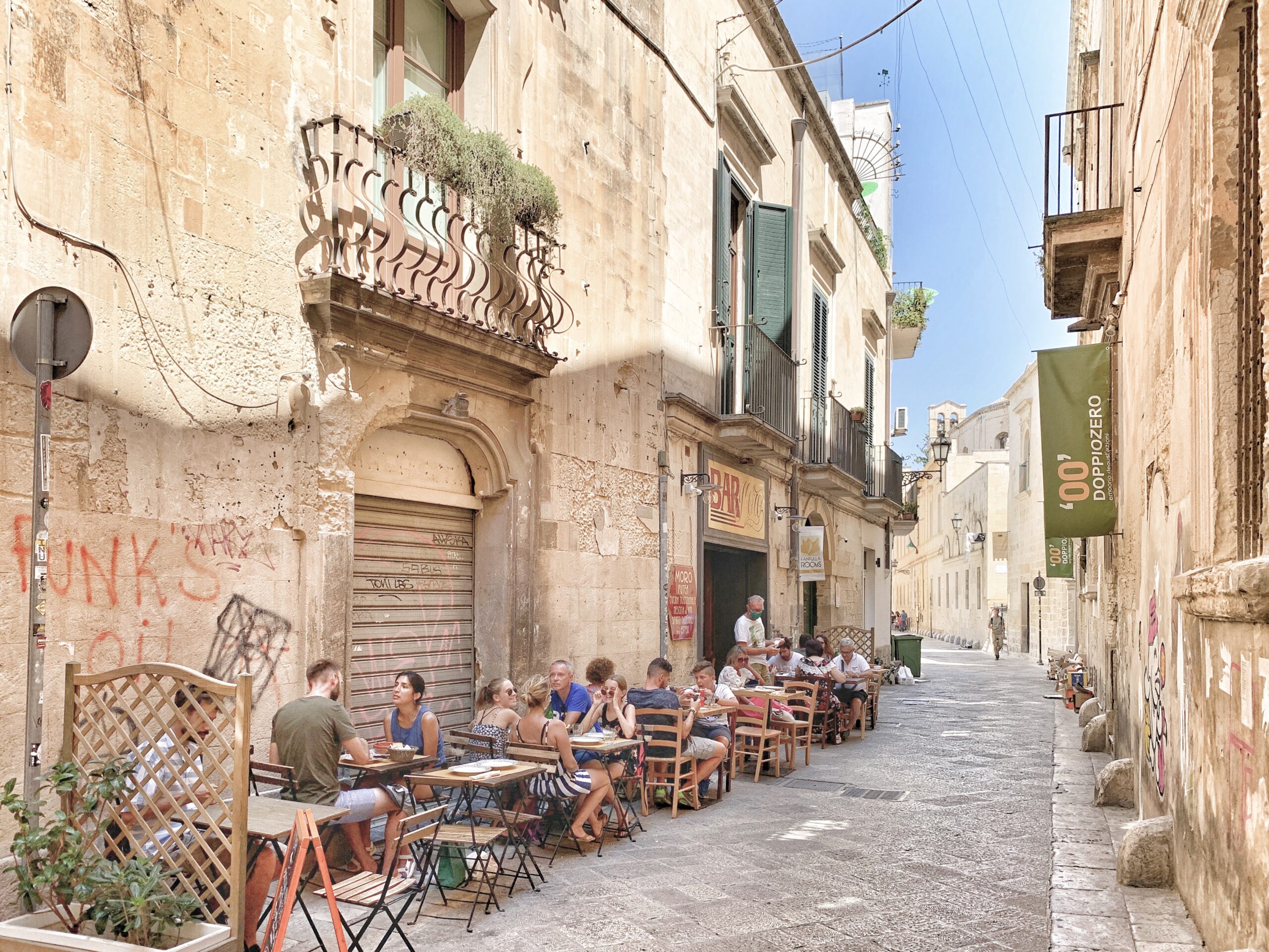


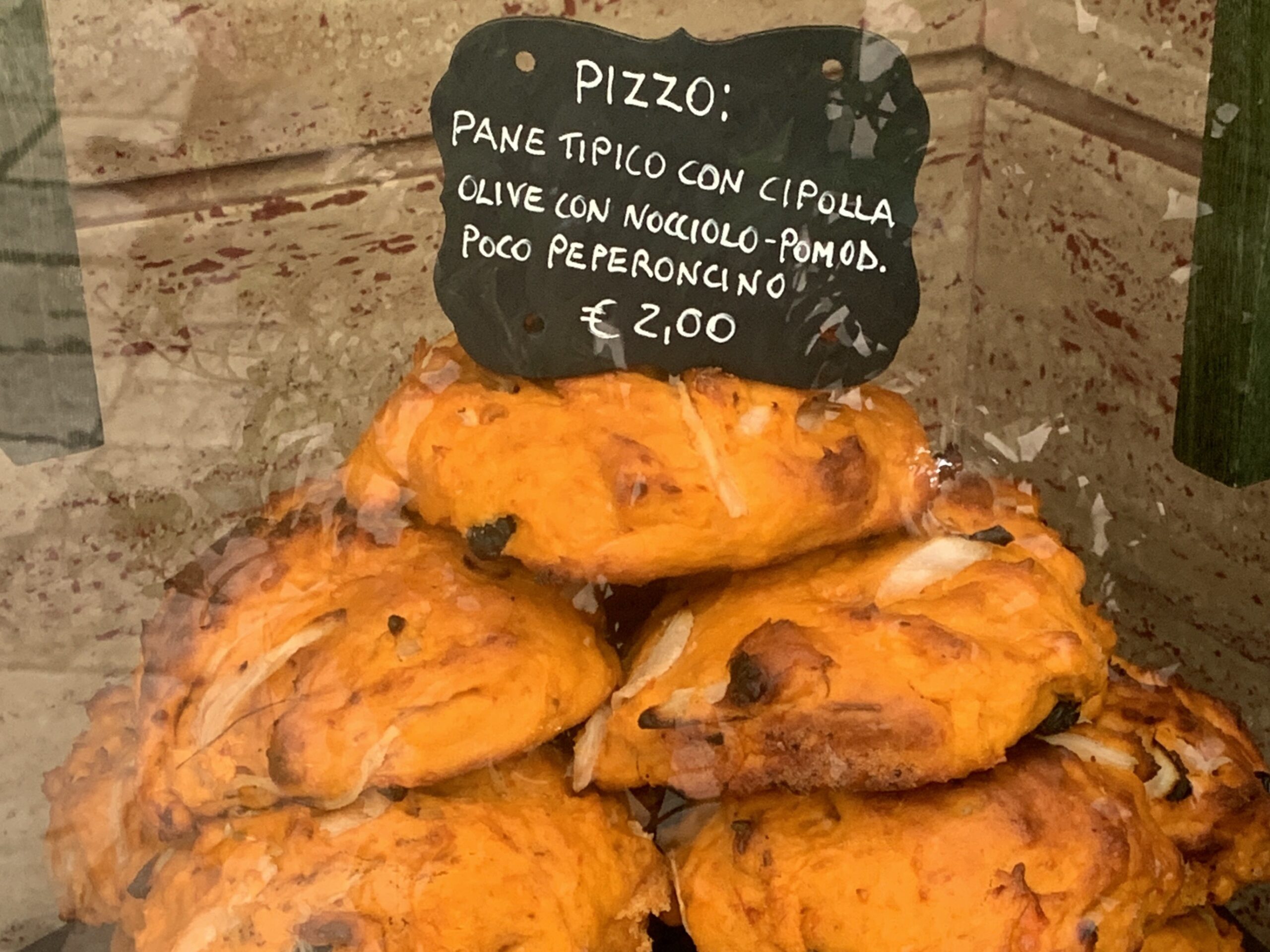
Where to go
Lecce is perfectly placed for journeying into Salento. Puglia is so much more than the much visited and well trodden Itria Valley...
The coast is spectacular, especially south of Otranto, from Santa Cesare Terme all the way to the tip of the heel. Castro, Marina Serra, Tricase and Santa Maria di Leuca. Discover how to fit these into a road trip to suit your itinerary.
There are also many remarkable beaches within easy reach. San Cataldo, Grotta della Poesia, Le Due Sorelle. Journeying over to Gallipoli and the Ionian will take you to Baia Verde and beyond.



Where to Shop
Boutique | Society Limonta | €€€€€ | Uru | €€€
Laboratorio creativo Div.ergo | an art-craft project for social inclusion | divergo.org/it | €-€€



Where to park
As with most towns and cities in Puglia, parking can be a challenge. Usually we find parking easiest on the side of the old town.
Driving in from the north west, from the Bari side of the Adriatic highway, you will come to two roundabouts when you get close to the centre of Lecce. At the second roundabout, turn right down the Via F. Calasse which leads into the Viale dell’ Università. After the Villa Reale park, take a right and find a parking space in the side streets.


Where to stay
On our last visit we stayed at Arryvo Hotel, Lecce. A modern, inclusive 25 bedroom independent hotel in the historic center.
Want some more Lecce?
Loose Cannons
Mine vaganti filmed in and around Lecce is a 2010 film by Turkish-Italian film director and screenwriter Ferzan Özpetek.
Gino gets over excited in Lecce
Celebrity TV chef Gino D’Accampo welcomes you to the Florence of the south - Lecce.

Keep it gay
Lecce is a great base for travelling in Salento, the throbbing pulse of Puglia’s gay summer scene.
